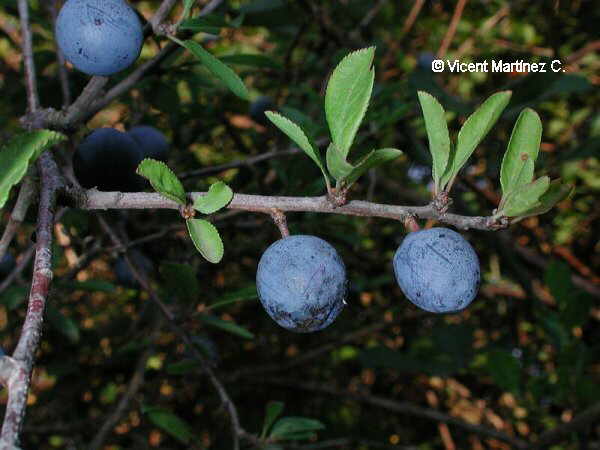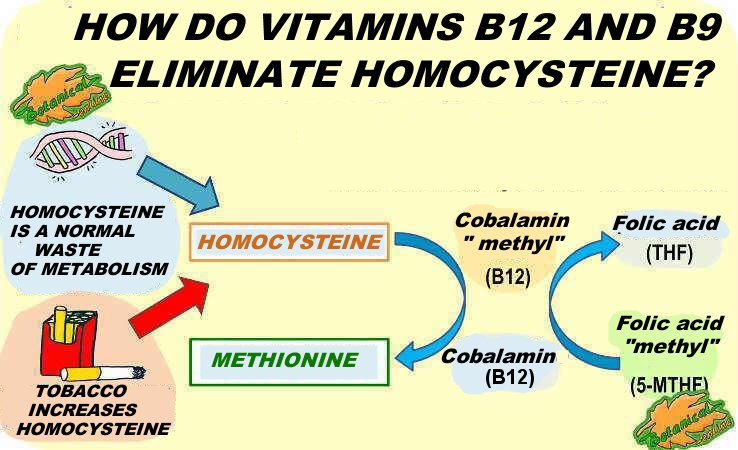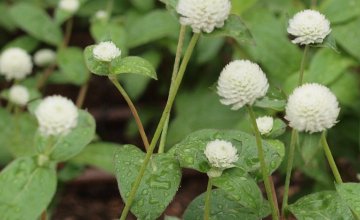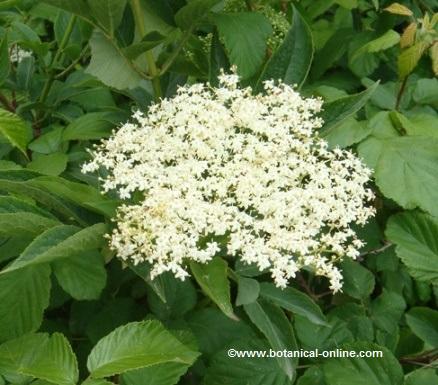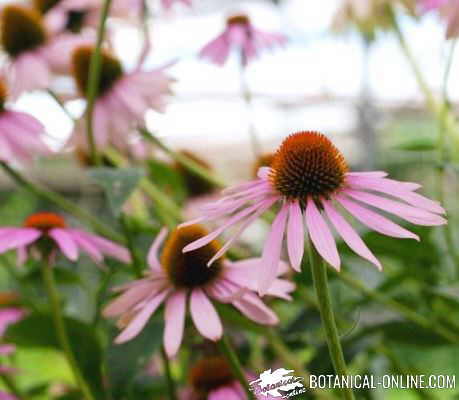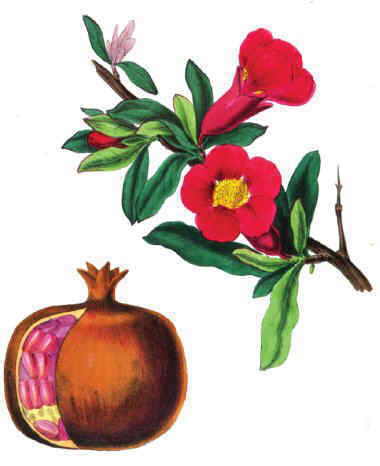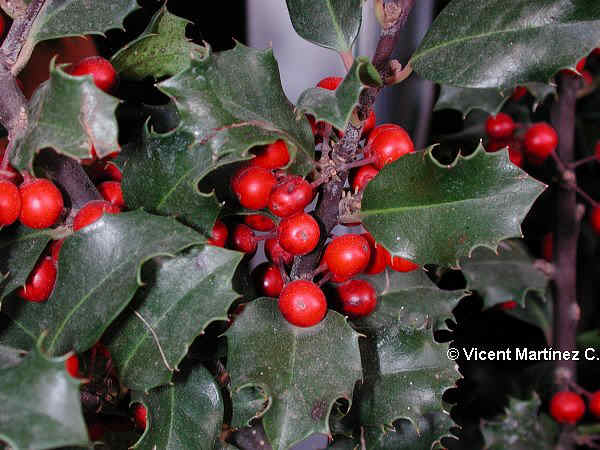Contents
- 1 Dangers of eating pigweed
- 1.1 What is pigweed (Chenopodium album) and what is it used for?
- 1.2 Dangers of eating pigweed and other edible wild plants
- 1.3 Possible confusion of pigweed with other toxic plants
- 1.4 Dangers of toxic wild plants
- 1.5 Toxicity of pigweed. Is it a poisonous plant?
- 1.6 What parts of the plant are edible?
- 1.7 What parts of pigweed can be toxic?
- 1.8 Components of pigweed: oxalates
- 1.9 Nitrates in pigweed
- 1.10 Phototoxicity of pigweed
- 1.11 What are the possible toxic components of pigweed leaves?
- 1.12 Essential oil of chenopodiaceae, rich in ascaridol
- 1.13 Are pigweed roots toxic?
- 1.14 Does pigweed cause pollen allergy?
- 1.15 Veterinary toxicity: Is pigweed good for animals?
Dangers of eating pigweed
What is pigweed (Chenopodium album) and what is it used for?
Pigweed (Chenopodium album L.) is wild plant that many people take as a vegetable. It belongs to the family of Amaranthaceae plants and it is a botanical relative of wormseed (Dysphania ambrosioides = Chenopodium ambrosioides) and of pigweeds (Amaranthus spp)
The main use of this plant throughout history has been as an edible wild plant.
At the medicinal level, pigweed is used as a laxative, diuretic, refreshing and sedative remedy, especially for the treatment of piles or hemorrhoids.
Dangers of eating pigweed and other edible wild plants
Next we will see what dangers it involves to consume pigweed, its possible toxicity, edible and toxic parts of the plant, and some recommendations for its collection and consumption.
Possible confusion of pigweed with other toxic plants
The greatest danger that consumption presents is its possible confusion with other potentially toxic plants. It is easy that when harvesting wild pigweed, it can be confused with poisonous plants such as jimsonweed or devil’s snare (Datura stramonium), which shares habitat with this species.
Sometimes jimsonweed is found in the middle of a colony of pigweeds and amaranths. If we collect, by mistake, some leaf of that poisonous , later, when ingesting it, we will notice symptoms of poisoning by jimsonweed.
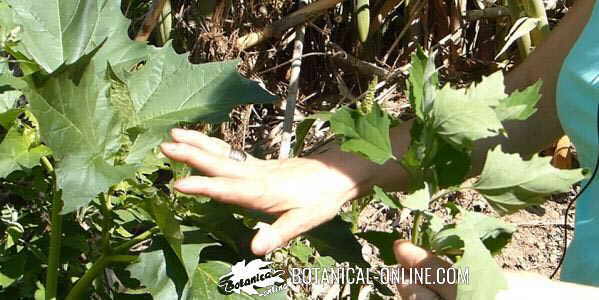
Dangers of toxic wild plants
Although an experienced person can distinguish well this plant, there have been described numerous cases of poisoning in people who have confused some edible wild plant with other toxic as Stramonium. The consequences of eating Jimsonweed mistakenly lead them to the hospital, and they are very dangerous in children.
You have to be very careful not to confuse pigweed with other potentially toxic plants such as jimsonweed.
Toxicity of pigweed. Is it a poisonous plant?
The tender leaves of pigweed, as edible as they are, do not have a high or worrisome toxicity. However, there are parts of the plant that it is preferable not to consume.
What parts of the plant are edible?
The tender leaves of the plant are edible:
- They can be eaten in salads, better to use tender leaves, light green and tender.
- They can be cooked just like spinach.
What parts of pigweed can be toxic?
The following parts can be toxic and their ingestion is not recommended:
- Old leaves
- Fruits and seeds
Components of pigweed: oxalates
All edible Chenopodioideae subfamily plants , including spinach and Swiss chard, accumulate oxalates (oxalic acid) in their leaves. Oxalates prevent the absorption of calcium, and can cause kidney stones in people who have a predisposition to this affectation (more information).
However, there are culinary techniques that can eliminate oxalates and allow us to eat this delicious vegetable: if you are going to consume a good dish of pigweeds, for example in a cannelloni or a vegetable cake, we must previously boil them, as we do with the spinach. Another way to compensate oxalates is to combine them with yogurt or cheese.
* More information: How to remove oxalates
Nitrates in pigweed
Nitrates are also components present in the leaves pigweed that are not toxic, but it is better not to consume too much, as we mentioned earlier with oxalates.
The oldest leaves of the plant are those that accumulate more nitrates. The presence in the plant of these components depends on environmental factors, for example, if the soil has been fertilized, or if there are areas of organic waste or grazing animals nearby. In such cases, it would not be advisable to consume pigweeds grown in fertilized environments, with grazing animals, or very rich in organic matter (especially in regard to the old leaves of the plant, more concentrated in nitrates).
The only contraindication that nitrates present is that, like other leafy vegetables rich in nitrates (such as spinach and Swiss chard), they can not be given to infants and young children because they can produce methemoglobinemia or blue baby syndrome. There have been cases of methemoglobinemia in children who ate porridge with lots of spinach, for example.
Phototoxicity of pigweed
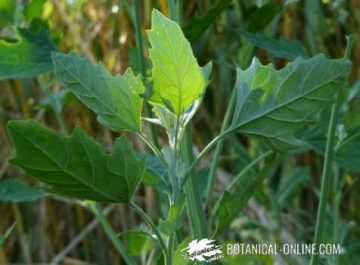
Reviewing the existing literature on this possible toxicity of pigweed, we found that the plant presents phototoxicity. That is, components that react with sunlight producing adverse reactions in the skin causing eczema.
For this reason, exposure to the sun after ingestion of large amounts of this plant is discouraged.
What are the possible toxic components of pigweed leaves?
The possible toxic components in pigweed and another chenopodiaceous plants are:
- The essential oil (rich in ascaridol)
- Potentially cyanogenic compounds
- Phytoestrogens
- Saponins, nitrates and oxalates, already discussed above.
Essential oil of chenopodiaceae, rich in ascaridol
The part that presents the greatest toxicity of this plant are the fruits and seeds because it is where the greatest quantity of essential oil is found.
The essential oil of the chenopodiaceae contains ascaridol, a toxic component. Some plants similar to pigweed, such as wormseed, epazote (Chenopodium ambrosioides) also have a high content of ascaridol, and it is precisely this component that gives it its anthelmintic properties, and therefore it is used as a vermifuge (for intestinal worms).
There have been cases of death by the intake of pure essential oil of epazote (oil of chenopodium), although such reactions can not be expected from the ingestion of the seeds of the plant.
On the other hand, it is evident that the fruits and seeds of pigweed are used in food, boiled, so that despite their theoretical toxicity, they are edible. In the absence of more information, caution is advised with the ingestion of pigweed seeds.
Are pigweed roots toxic?
The roots of pigweed are not used in food, because they are possibly toxic. In addition, they present high amounts of phytoestrogens.
Does pigweed cause pollen allergy?
Some people may have an allergy to Chenopodiaceae and Amaranthaceae plants, both, because of pollen and because of contact with the plant. It is recommended in these cases to avoid ingestion.
Veterinary toxicity: Is pigweed good for animals?
Possibly pigweed is a plant toxic to animals because it can give symptoms of poisoning by:
- Nitrites and nitrates, which means that the plant is very toxic to ruminants (cows, bulls, sheep, goats, chamois, mouflon, reindeer), because the basic pH of the rumen favors the conversion of nitrites to nitrates, which quickly they will be absorbed, reaching the bloodstream, combining with hemoglobin and forming methaemoglobin, unable to fix oxygen and release it to the tissues.The symptoms of nitrate poisoning in animals are due precisely to this anoxia in the tissues: weakness, vomiting, abdominal pain, hypotension, apnea, etc. This also occurs in non-ruminant animals, such as horses and pigs, and also in humans (blue baby syndrome), although animals are more vulnerable than humans because they usually eat more plant.
- Oxalates
- Phytoestrogens (causes intoxication with beet-like symptoms)
![]() More information on pigweed
More information on pigweed

